At-Home Learning | Kindergarten | Grades 1-2 | Grades 3-4 | Grades 5-6 | Grades 7-8 | HMH At-Home Learning Hub
Check back here daily for new resources!
Featured Problems:
Rich, interesting problems are powerful tools for student learning. The questions here are open-ended. There may be multiple answers or multiple approaches. Make time for your students to discuss and compare their solutions, either with you or with others. We hope these problems will spark students’ curiosity and lead them to investigate new questions.

Find the length, width, and height of a rectangular prism that has a surface area of more than 200 square inches but less that 300 square inches.
Things to Consider:
Most of students’ experience with surface area has likely been starting with the dimensions of a 3-dimensional figure and then using a formula to calculate the surface area. This problem provides “the answer” and students determine what dimensions could yield a surface area in the given range. As students test strategies for determining the dimensions, encourage them to analyze their incorrect solutions to inform how they might change the dimensions to stay within the given range.

Erin has taken 10 quizzes. Her data has a median score of 14 and a range of 10. Create a set of data that matches these measures. Then calculate the mean of all ten quizzes.
Things to Consider:
Mean, median and range help describe and interpret the shape of a set of data. This problem gives students the answers and they create a set of 10 quiz scores that have the given median and range. There are many correct solutions and students may find many incorrect solutions before finding one that will work. Encourage them to reflect on their incorrect solutions to help them make progress.

81, √81, 45, 25 What doesn’t belong? Why?
Things to Consider:
This open problem encourages students to consider everything they know about the numbers in this set and evaluate whether a characteristic of one number is true for the others. For example, a student may say 25 doesn’t belong because it’s the only number that is not a multiple of 9. After students have shared and justified all the statements the reasons they can think of, encourage them to make their own set of 4 numbers that would be interesting to use for this type of problem.

Bill thinks that 61 32 and 23 are all equivalent. Maria disagrees, and says that each one is unique. Who is correct and why?
Things to Consider:
A common misconception with exponents is to think of the two values as factors. 3 times 2 is 6, but 32 is 9 because is represents 3 x 3. As students consider the different exponent values in this problem, it’s helpful to ask them to write the expressions that represent 61, 32, and 23.

Which of the following represents the smallest number? Justify your answer.
1.2 x 103
2.6 x 10-2
.18 x 104
25 x 10-4
4 x 10-2
.00253 x 102
Things to Consider:
Problems like this one encourage students to use number sense as they estimate and make sense of the values of numbers. For instance, .00253 has a lot of digits, but it’s less than 1%. After a student explains his thinking about which expression represents the smallest number, it’s fine to use a calculator for the computation.
Featured Videos:
Math Solutions Professional Learning Consultant Brandon Harms shares 4 tips for at-home math learning to help you navigate this new normal.
New Normal: Engaging in Error Analysis
Hollie Hartford gives tips for math teachers engaging in remote learning while keeping the 5 pillars of mathematics in mind. Try error analysis with your students!
Questions? Click Here to Contact Us


